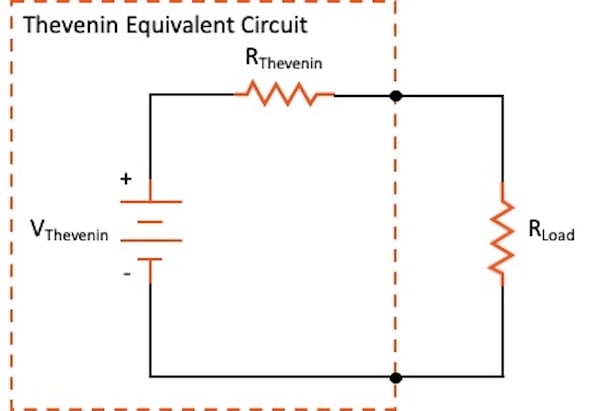akbarza
Full Member level 2

hi
I saw a circuit for fan speed control in:
https://www.nutsvolts.com/magazine/...nzg&utm_content=279229311&utm_source=hs_email
I attached a pic of the circuit.
my question:
1:for what R4 resistor and diode D1 are used?
2: why R1 was used?
3) what is the role of R12 between the output of D opamp and the base of the Q2 transistor?
4) according to text of the above address, U1:c creates a Schmitt-trigger. how does it do it?
thanks

I saw a circuit for fan speed control in:
https://www.nutsvolts.com/magazine/...nzg&utm_content=279229311&utm_source=hs_email
I attached a pic of the circuit.
my question:
1:for what R4 resistor and diode D1 are used?
2: why R1 was used?
3) what is the role of R12 between the output of D opamp and the base of the Q2 transistor?
4) according to text of the above address, U1:c creates a Schmitt-trigger. how does it do it?
thanks



